An Giang highlights agricultural bounty
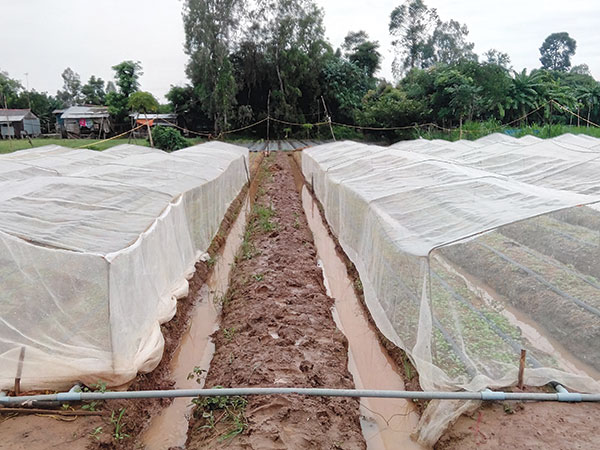
The province’s agricultural restructuring will be centred on cultivation, livestock, fisheries and forestry products.
Cultivation is a key area that helps ensure national food security and increase export turnover, so the restructuring of the sector will be carried out on strategic products such as rice, vegetables and fruit.
An Giang will prioritise investment in developing large-scale rice production under the model of large paddy fields with an aim to enhancing the quality and value of rice harvests.
In addition, the province will focus on sustainable and safe vegetable and crop production using safe agricultural practices set out by the VietGAP and GlobalGAP organisations. Special zones for growing vegetables will be set up, applying advanced technology to raise productivity and quality.
An Giang will also set up key fruit tree growing zones for mango, banana and dragon fruit following good agricultural practices in combination with eco-tourism.
Livestock restructuring will see An Giang shift from small to larger breeding models, applying modern technology based on local farmer financial capacity, and invest in environmentally friendly waste treatment systems.
Regarding fisheries, the province will prioritise rearing tra fish and blue-leg shrimp, while diversifying seafood products. It will invest in an irrigation system and infrastructure serving aquaculture.
Through the restructuring of the forestry sector, An Giang hopes to develop a sustainable industry which promotes environmental protection, biodiversity, is capable of coping with climate change and contributes to improving people’s livelihoods.
In order to improve the forestry sector’s economic efficiency in line with maintaining environmental protection standards, the province aims to develop forests to preserve biological diversity, while also encouraging eco-tourism and developing forest garden models.
Further added value is planned to be added to the sector by boosting wood processing. By applying advanced science and technology in timber processing higher value products can be produced.
In a bid to restructure the local agricultural sector, An Giang is making efforts to re-organise production, while simultaneously incentivising businesses to co-invest in the sector with farmers. Studies into which policies will best stimulate this investment are ongoing for future proposals to central-level agencies.
The province’s restructuring plan will additionally focus on training and developing human resources, raising the capabilities for farmers and local agricultural managers, specifically cultivating knowledge about economic management and the market economy.
An Giang is an agricultural province and home to total cultivatable land of 246,821 hectares, with rice-growing land accounting for more than 82 per cent. The province boasts the largest area of cultivatable land in the Mekong Delta.
Over the years, the province’s agricultural sector has obtained enormous achievements in growing rice, vegetables and aquaculture. The province’s rice output increased to four million tonnes in 2012 from 3.1 million tonnes in 2005, vegetable and fruit output increased to 892,000 tonnes from 569,000 tonnes and seafood output increased to 300,000 tonnes from 181,000 tonnes in the same period.n
This column is produced in conjunction with the MARD’s Investment Promotion Programme.
What the stars mean:
★ Poor ★ ★ Promising ★★★ Good ★★★★ Very good ★★★★★ Exceptional
Latest News
More News
- Manufacturing growth remains elevated in August (September 04, 2024 | 11:29)
- Long Thanh International Airport's road to success paved with obstacles (August 31, 2024 | 21:37)
- Thua Thien – Hue calls for investment in 32-trillion-VND steel project (August 30, 2024 | 17:24)
- Japanese investors pour over 1.3 billion USD into Ha Nam (August 30, 2024 | 16:08)
- Cinemas offering new concepts for growth (August 30, 2024 | 16:00)
- Southeast region may gain specialised FDI policies (August 30, 2024 | 15:29)
- Google mulls development of hyperscale data centre in Vietnam (August 30, 2024 | 11:41)
- Russia’s Pskov oblast always welcomes Vietnamese investors (August 30, 2024 | 10:46)
- 500kV circuit 3 transmission line inaugurated on August 29 (August 29, 2024 | 11:59)
- Ba Ria-Vung Tau’s BR-VT Smart app makes breakthrough in digital transformation (August 29, 2024 | 10:00)


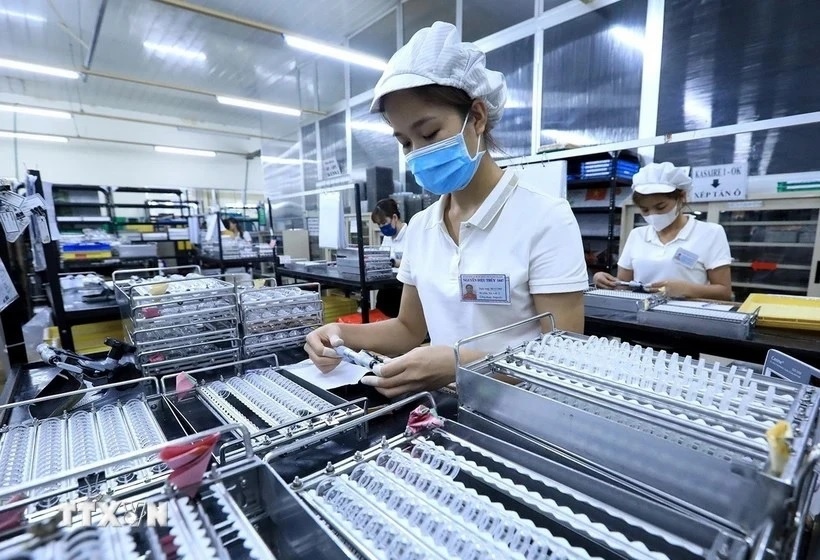

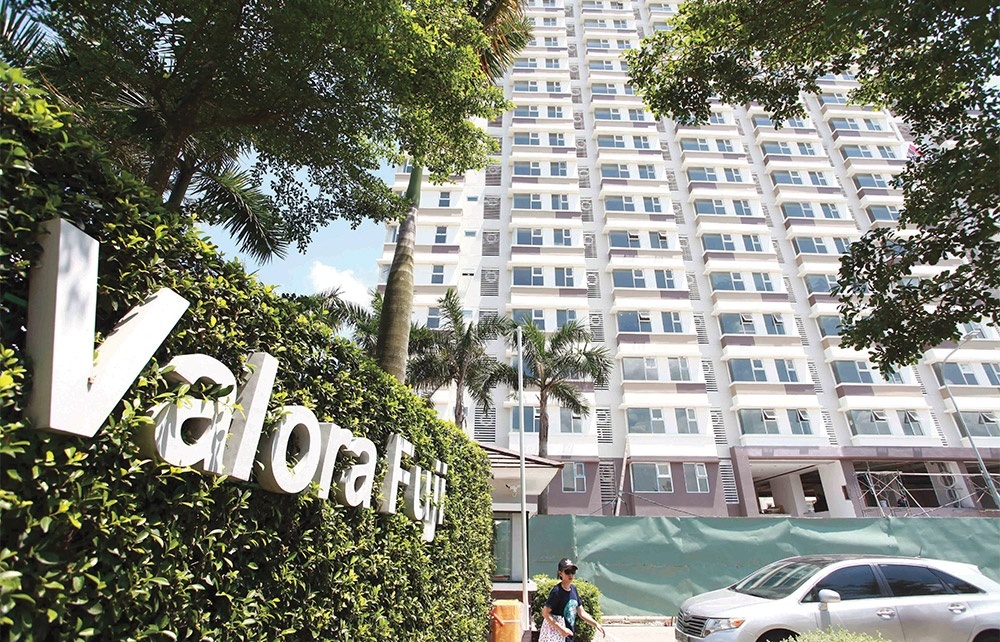


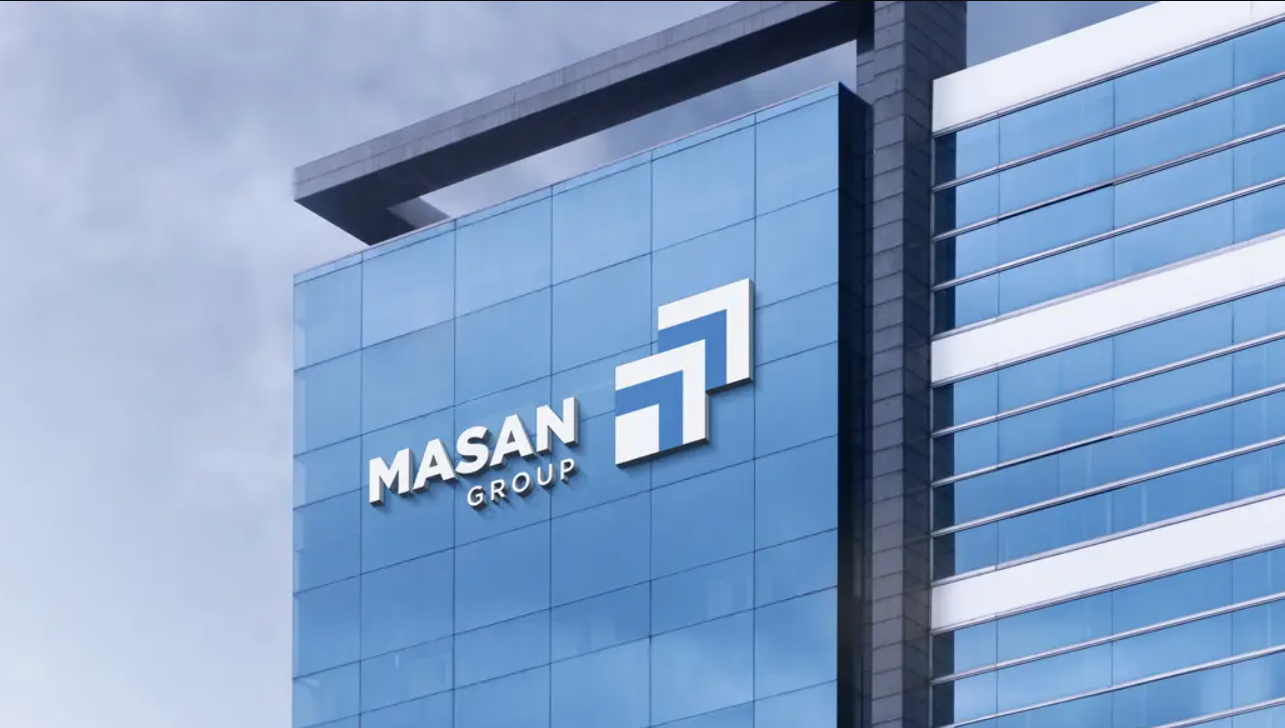



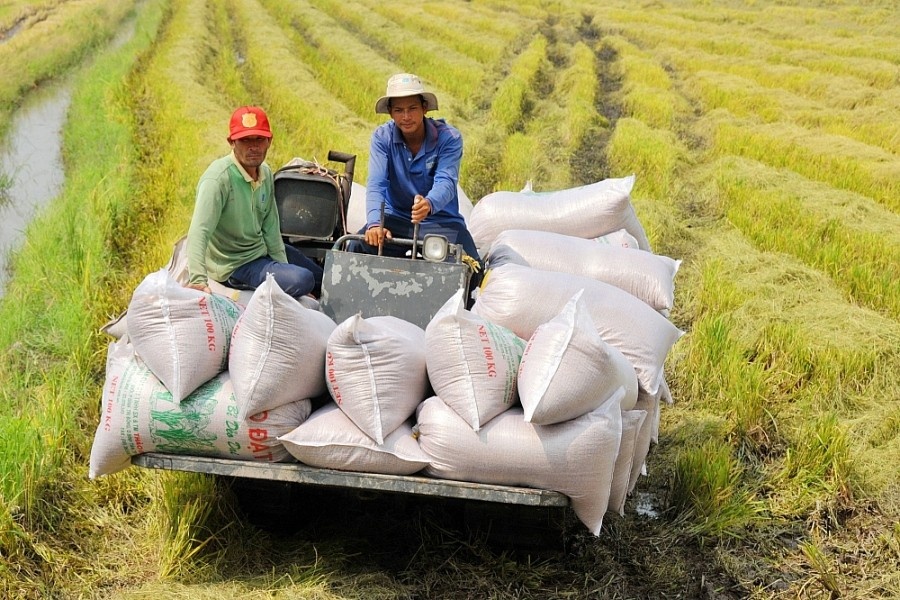
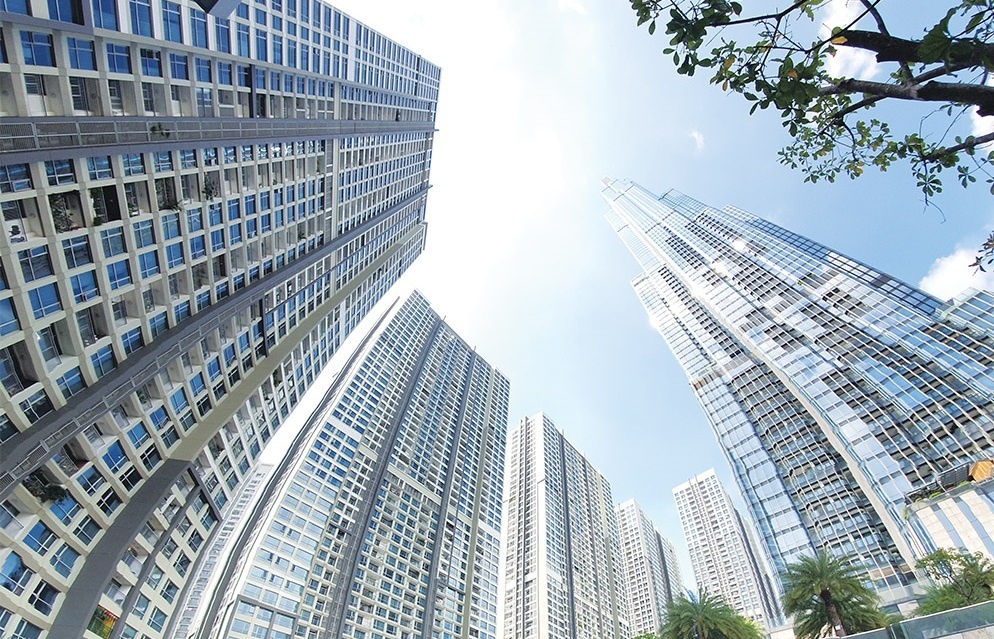




 Mobile Version
Mobile Version